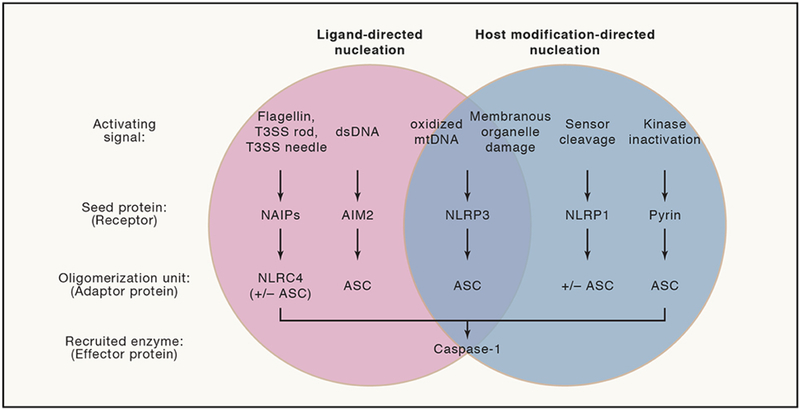Figure 3: Modes of Inflammasome Nucleation Reflect Diverse Mechanisms to Contextualize Intent of Pathogens.
Inflammasomes by definition serve as platforms to activate the inflammatory caspase, caspase-1. The NAIP inflammasome recognizes bacterial PAMPs in the cytosol through oligomerization of NLRC4 to directly recruit caspase-1 or in combination with ASC. The AIM2 inflammasome recognizes mislocalized dsDNA in the cytosol that may represent PAMPs or DAMPs to seed an inflammasome using ASC to recruit caspase-1. The literature suggests that NLRP3 may directly sense ligands or may sense broad dysfunction of host processes to seed an inflammasome using ASC to recruit caspase-1. The NLRP1 inflammasome serves as a “bait” protein to indirectly sense pathogens via sensing pathogen-derived protease activity. NLRP1 may directly recruit caspase-1, but ASC serves to amplify caspase-1 activation. The pyrin inflammasome is sequestered during homeostasis. Disruption of cytoskeleton-associated RhoA kinase activity indirectly leads to pyrin release to seed an inflammasome using ASC to recruit caspase-1.

